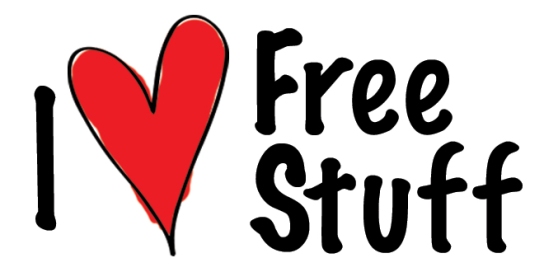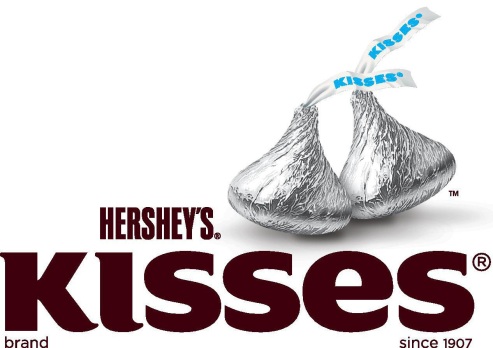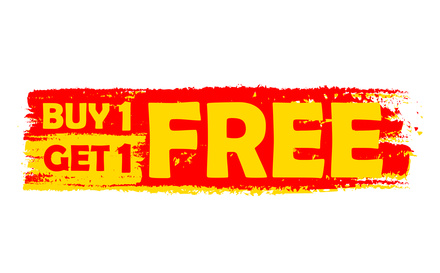So I’ve just finished a chapter in the book Predictably Irrational (If you haven’t heard of it then I strongly recommend it). Anyway, within this chapter Dan Ariely talks about how much of an influence the word ‘Free!’ has on our everyday consumerism. The main focus in this chapter is how a price drop from 1 cent to ‘Free!’ makes it almost too good to resist in terms of shopping.
There have been many different studies conducted by Dan Ariely himself, that have tried to focus on why we choose to go for the ‘Free!’ Products when we could choose one that is better even though we have to pay for it. These experiments help us understand the power of ‘Free!’ However, there are still some questions as to why it has such a strong effect on human buying patterns.

There were a range of experiments that were used to explain what occurs when we use zero as a way of pricing products. These ranged from; offering either a Hersheys Kiss or a Lindt truffle to any individual who visited a stand that was set up in the MIT lobby, to an experiment that he conducted from his own home where he offered children the choice between 3 Hersheys Kisses, a small snickers bar or a large snickers bar.
The experiment involving the Hersheys Kisses and Lindt truffle focused on three specific conditions; a free condition (0&14), a cost condition (1&15) and a second free condition of (0&10) (Ariely 2007). He noted that when the price decreased from the cost condition to the first free condition the demand for Hersheys increased substantially, whilst the demand for the Lindt decreased in the same manner (Ariely, Mazar, & Shampanier, 2007). With relation to the second free condition, he noted that the reduction of the price to zero was more powerful than a five-times larger price reduction (Ariely, Mazar, & Shampanier, 2007). Some people were classified as buying nothing but I have to argue who wouldn’t accept a free Hershey and instead choose to just walk away, even if you’re on a diet the famous ‘one bite wouldn’t hurt’ comes into play.

His trick or treat experiment changed in the way that he offered trick or treaters a choice when the situation arose. This experiment aimed to reduce mapping by making them use chocolate as a form of payment instead of money (Ariely & Shampaner, 2006) (if only that could be a real thing in life). The kids in the experiment were offered three Hersheys upon the door being answered and the trick or treating commencing. Then they were given either a (0&1) condition or a (1&2) condition (Ariely & Shampaner, 2006). The (0&1) condition saw them get given the choice of either; the small snickers bar for no extra cost or trade one of the Hersheys for the large snickers. The (1&2) condition saw them exchange one Hersheys for the small snickers, or an exchange of two Hersheys for the large snickers. He noted that when the small snickers were free the demand for it increased substantially (Ariely & Shampaner, 2006) compared to the likes of the large snickers that was seen to decrease.
From this, we can see that the use of Zero Pricing can be a powerful tool for businesses if they apply it correctly. With this being said, have a think next time you see an offer saying buy one get one free, you just might see yourself buying that product over your original choice.
Bibliography
Ariely , D., & Shampaner, K. (2006). How Small is Zero Price? The True Value of Free Products. Boston: Federal Bank of Boston.
Ariely, D., Mazar, N., & Shampanier, K. (2007). Zero as a Special Price: The True Value of Free Products . Marketing Science , 742-757.

Thank you for sharing such an interesting book and theory! I agree with the use of Zero Pricing on purchase ‘buy one get one free’. When we notice the label, the increased motivation on specific products actually generally makes consumers feel good. It seems like an action called transfer of interest. However, the issue that ignored is ‘with this being said, have a think next time you see an offer saying buy one get one free, you just might see yourself buying that product over your original choice.’ (Ultimate Consumer,2016) The example of Hershey chocolate on the book also predicted the power of ‘free Hershey’, even for those diet people. One more interesting assumption is that consumers choose the free Hershey for desires in case instead of the non-cost price. For instance, someone on a bad mood is easily having sweet food, such as chocolate. The consumers’ purchase is to protect them from the potential risk of having occasional bad time. When they intend to prepare chocolate, the product itself has a reduction on price (buy one get one free) at the same time, it is an amazing surprise, isn’t it? Anyway, the theory is fantastic, and I would read it later. Thank you again!
LikeLike